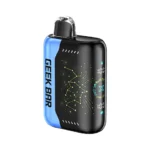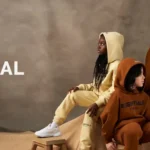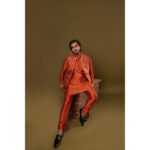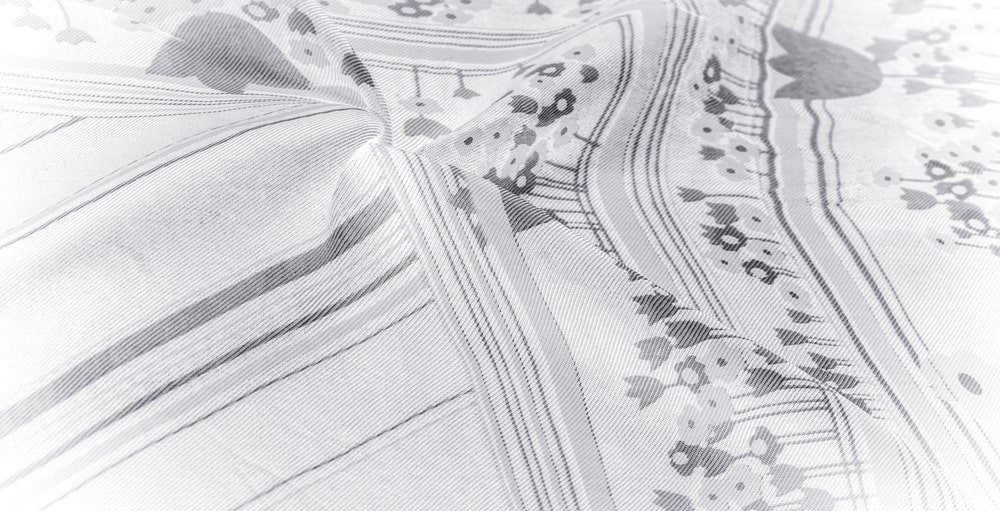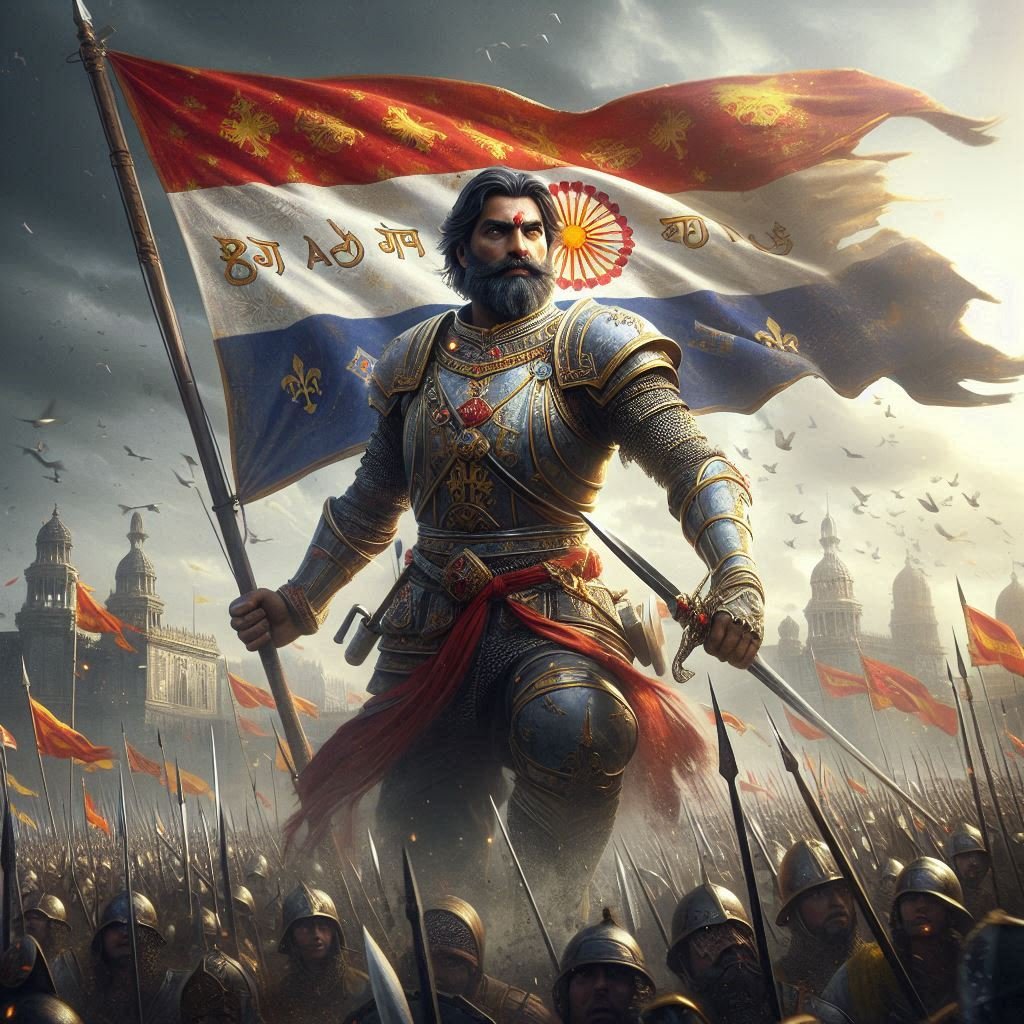In the bustling world of textiles, few fibers have a story as rich and complex as cotton. From the moment it sprouts in the field to its final transformation into a garment, cotton undergoes a fascinating journey that speaks volumes about human ingenuity, agricultural practices, and technological advancements. Today, we’ll explore this journey, tracing the path of cotton from its natudral state to its various incarnations in modern fashion, including pure cotton fabrics and innovative cotton blends.
The Birth of a Fiber: Cotton in the Field
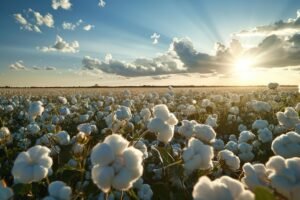
Our story begins in vast fields stretching across continents, where cotton plants thrive under the warm sun. These unassuming shrubs produce soft, fluffy bolls that contain the precious cotton fibers. The type of cotton plant, the soil conditions, and the climate all play crucial roles in determining the quality of the cotton produced.
Interestingly, different cotton varieties yield fibers with unique characteristics. For instance, Egyptian cotton is known for its long staple length, which results in softer and more durable fabrics. Pima cotton, grown primarily in the Americas, is another premium variety prized for its silky texture and strength.
From Raw Fiber to Yarn: The First Transformation
Once harvested, cotton undergoes its first major transformation: from fluffy bolls to spun yarn. This process involves several steps:
- Ginning: Separating the cotton fibers from the seeds
- Cleaning: Removing impurities and short fibers
- Carding: Aligning the fibers into a loose rope called a sliver
- Drawing: Stretching and smoothing the sliver
- Spinning: Twisting the fibers into yarn
The quality of the yarn produced depends not only on the original cotton fibers but also on the precision of these processes. It’s at this stage that decisions about yarn thickness and twist level are made, factors that will greatly influence the final fabric’s texture and performance.
Weaving and Knitting: Fabric Takes Shape
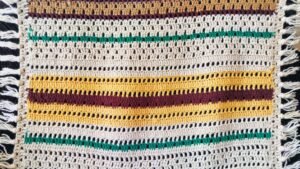
With yarn in hand, textile manufacturers can now create fabric through weaving or knitting. Each method produces fabrics with distinct characteristics:
- Woven cotton fabrics, like denim or poplin, are known for their stability and crisp appearance.
- Knit cotton fabrics, such as jersey, offer more stretch and drape.
It’s fascinating to note how the same cotton yarn can result in such diverse fabrics simply through different construction methods. This versatility is one of the reasons cotton has remained a staple in the textile industry for centuries.
The Art of Finishing: Enhancing Cotton’s Natural Beauty
Raw cotton fabric, while functional, often lacks the polish we associate with finished garments. This is where the art of fabric finishing comes into play. Processes like mercerization can add luster and strength to cotton fabrics, while sanforization helps prevent shrinkage.
For those seeking to elevate cotton’s natural beauty even further, embroidered cotton fabrics offer a perfect canvas. The stable nature of cotton makes it ideal for intricate embroidery work, allowing artisans to create everything from delicate floral patterns to bold geometric designs.
Enter the Blends: Cotton Meets Technology
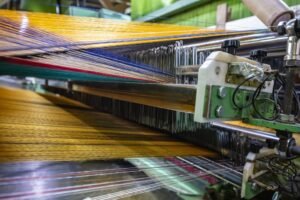
While pure cotton fabrics have their undeniable charm, the modern textile industry has found ways to enhance cotton’s natural properties through blending. Cotton blend fabrics combine the comfort of cotton with the performance features of other fibers:
- Cotton-polyester blends offer wrinkle resistance and durability
- Cotton-spandex blends provide stretch for form-fitting garments
- Cotton-nylon blends increase strength and abrasion resistance
These blends allow designers to create fabrics that meet specific performance needs while retaining many of cotton’s desirable qualities. For instance, a cotton-polyester blend might be perfect for a low-maintenance business shirt, while a cotton-spandex blend could be ideal for comfortable, form-fitting activewear.
The Sustainability Question: Cotton’s Environmental Impact
As we trace cotton’s journey, it’s crucial to address the environmental implications of cotton production and processing. Traditional cotton farming has been criticized for its high water usage and reliance on pesticides. However, the industry is evolving:
- Organic cotton farming eliminates the use of synthetic pesticides and fertilizers
- BCI (Better Cotton Initiative) promotes more sustainable farming practices
- Recycled cotton reduces the need for virgin fibers
Cotton blend fabrics present an interesting angle in the sustainability debate. While they introduce synthetic fibers, their increased durability can lead to longer-lasting garments, potentially reducing overall consumption.
Innovation on the Horizon: The Future of Cotton
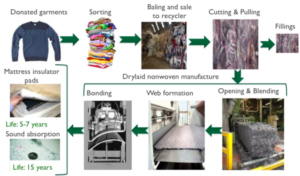
The cotton industry continues to innovate, seeking ways to enhance this natural fiber’s performance while addressing environmental concerns:
- Waterless dyeing techniques are reducing the water footprint of cotton processing
- Smart textiles are incorporating cotton into fabrics with high-tech functionalities
- Circular economy initiatives are finding new ways to recycle and upcycle cotton fabrics
These innovations suggest that cotton, in both its pure form and in blends, will continue to play a significant role in the textile industry for years to come.
Choosing Your Cotton: A Personal Decision
As consumers, understanding the journey of cotton can help us make more informed choices about our fabrics:
- For breathability and natural comfort, pure cotton fabrics remain an excellent choice
- For easier care and specific performance needs, cotton blend fabrics offer practical solutions
- For those concerned about environmental impact, organic or recycled cotton options are worth exploring
Whether you’re drawn to the crisp feel of a cotton dress shirt, the intricate beauty of embroidered cotton fabrics, or the practical benefits of cotton blend fabrics, there’s a cotton product out there to suit your needs.
In conclusion, the journey of cotton from field to fashion is a testament to human ingenuity and nature’s versatility. By understanding this journey, we can better appreciate the clothes we wear and the choices available to us in the vast world of textiles. Whether in its pure form or blended with other fibers, cotton continues to weave itself into the fabric of our lives, adapting and evolving to meet the changing needs of each generation.














